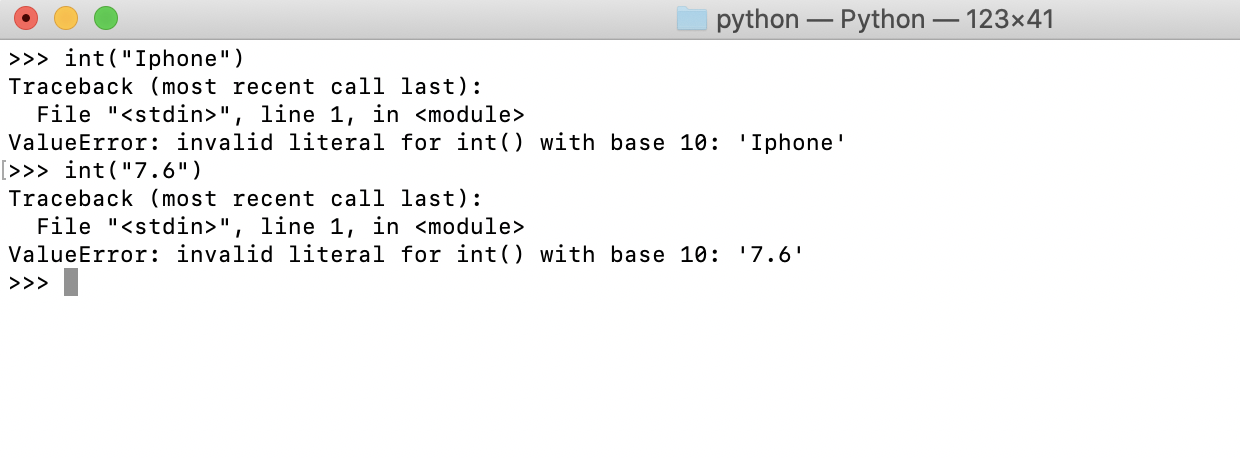

The Exec() methods helps us to execute the python program dynamically. Using exec() Method in Python to Convert a Python string to a Variable Name We will then discuss how we can convert a string to a variable name with examples explained in detail. Multiple Ways With Examples to Convert a Python string to a Variable Name We will convert a string into a variable name with multiple ways like exec() function, locals() function and globals() function. We will discuss all of them in this article. There are multiple ways to convert a string to a variable name. In other words, we will be creating dynamic variable names and assigning a value to them. In this tutorial, we will be focusing on this topic only to convert a Python string to a variable name. But, have you ever use the input string as the variable name in your program. We got to know about many topics in python. Pros and cons of creating Global variables in python.Using globals() function to Convert a Python string to a Variable Name Using locals() function to Convert a Python string to a Variable Name Multiple Ways With Examples to Convert a Python string to a Variable Name.Let’s also clean up the other columns: df = df.str.replace(',', '')ĭf = df.str.replace(',', '').str.replace('$', '')ĭf = df.str.replace('$', '').str.replace(',', '')Īfter removing all the special characters, now we can use either df.astype() or pd.to_numeric() to convert text to numbers. The former operates only on strings whereas the latter works on either strings or numbers. By default, n is set to -1, which will replace all occurrences.ĭO NOT confuse the. The n=1 argument above means that we are replacing only the first occurrence (from the start of the string) of the ‘.’. We can use the df.str to access an entire column of strings, then replace the special characters using the. > pd.to_numeric(df, errors = 'coerce').replace(np.nan, 0)įor those columns that contain special characters such as the dollar sign, percentage sign, dot, or comma, we need to remove those characters first before converting the text into numbers. Then we can replace those NaN with other dummy values such as 0.
#CONVERT STRING TO NUMBER PYTHON 3 CODE#
In the pd.to_numeric method, when error = ' coerce', the code will run without raising errors but will return NaN for invalid numbers. For example, the data in column l8 is a mix of “text’d numbers (e.g.

However, this method is handy in some situations where we need to clean up data. This method works similar to df.astype() in a way that they don’t recognize the special characters such as the currency symbols ($) or the thousand separators (dot or comma). astype() method cannot handle those special characters.

The reason is that other columns all contain some sort of special characters such as comma (,), dollar sign ($), percentage (%), and so on. This method looks easy to apply, but that’s pretty much all it can do – it doesn’t work for the rest of the columns.

In this case, we need to pass float into the method argument. However, the int will not work if the data contain decimals. Integer or Float).įor the first column, since we know it’s supposed to be “integers” so we can put int in the astype() conversion method. We can take a column of strings then force the data type to be numbers (i.e. Keep in mind that all the values in the dataframe are string data type. Take a peek at the first 5 rows of the dataframe using the df.head() method. We use list comprehension to create several lists of strings, then put them into a dataframe. Every column contains text/string and we’ll convert them into numbers using different techniques. Run the following code to create a sample dataframe.


 0 kommentar(er)
0 kommentar(er)
